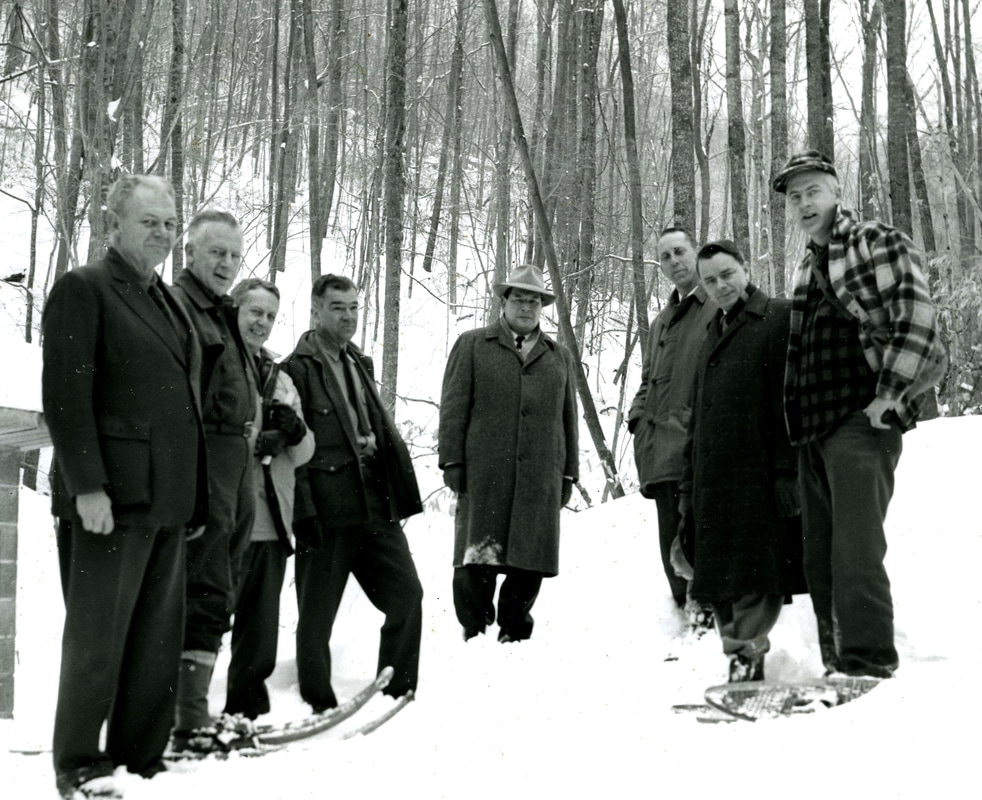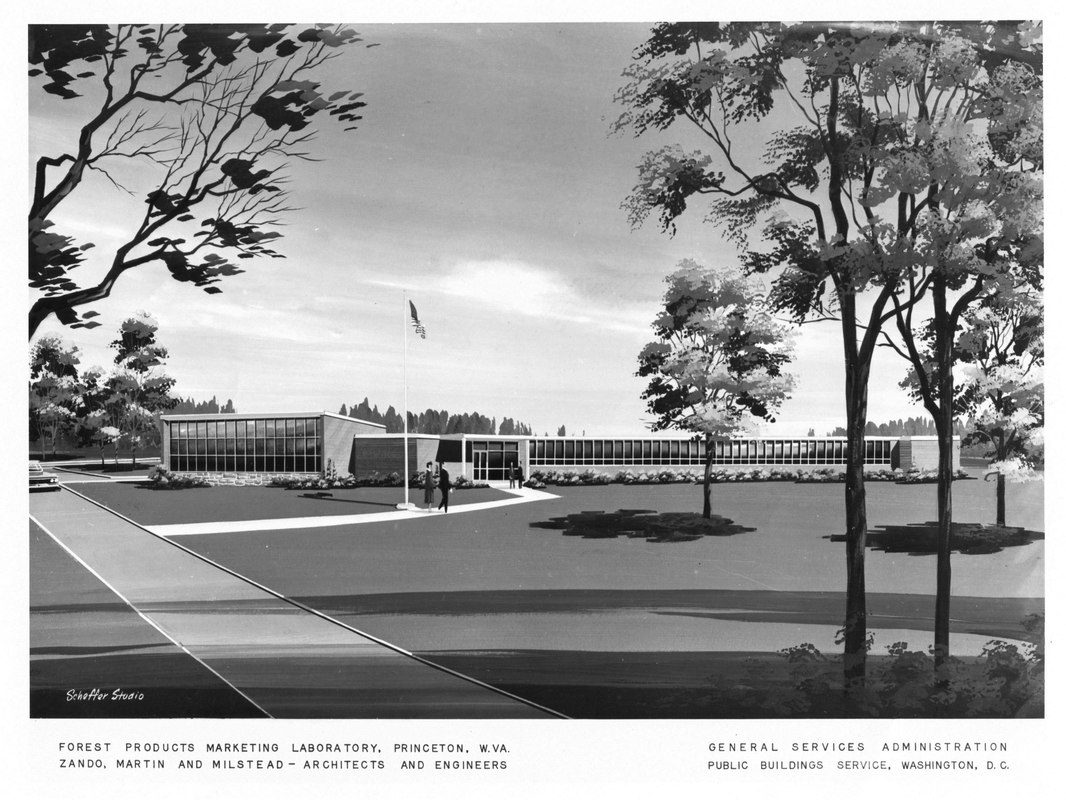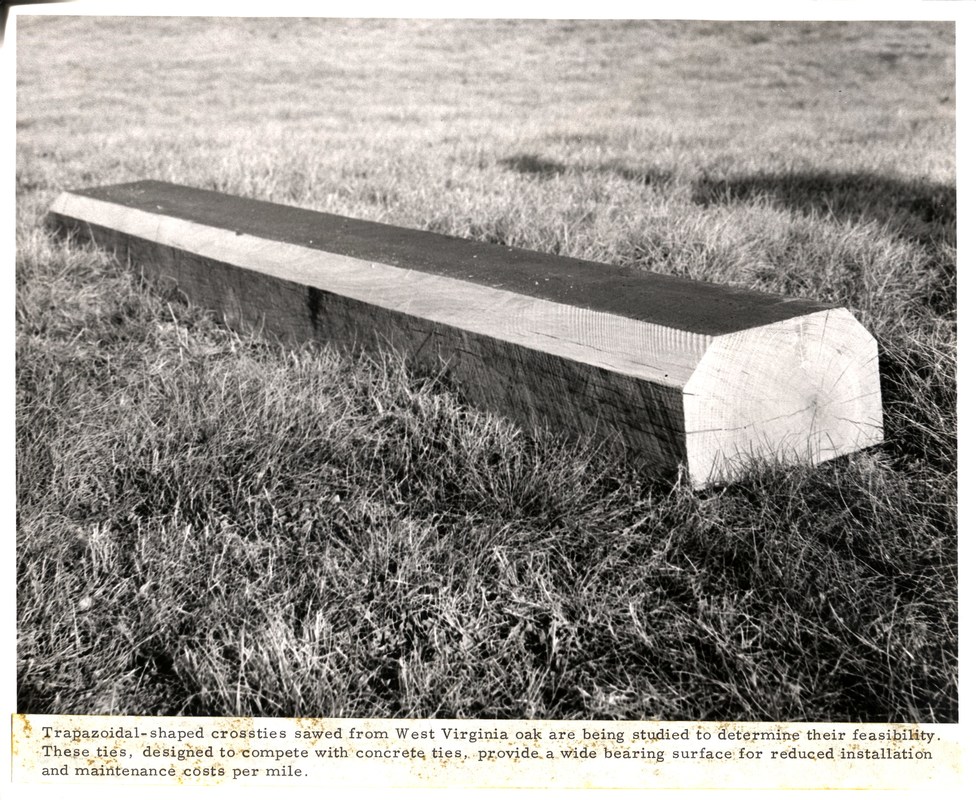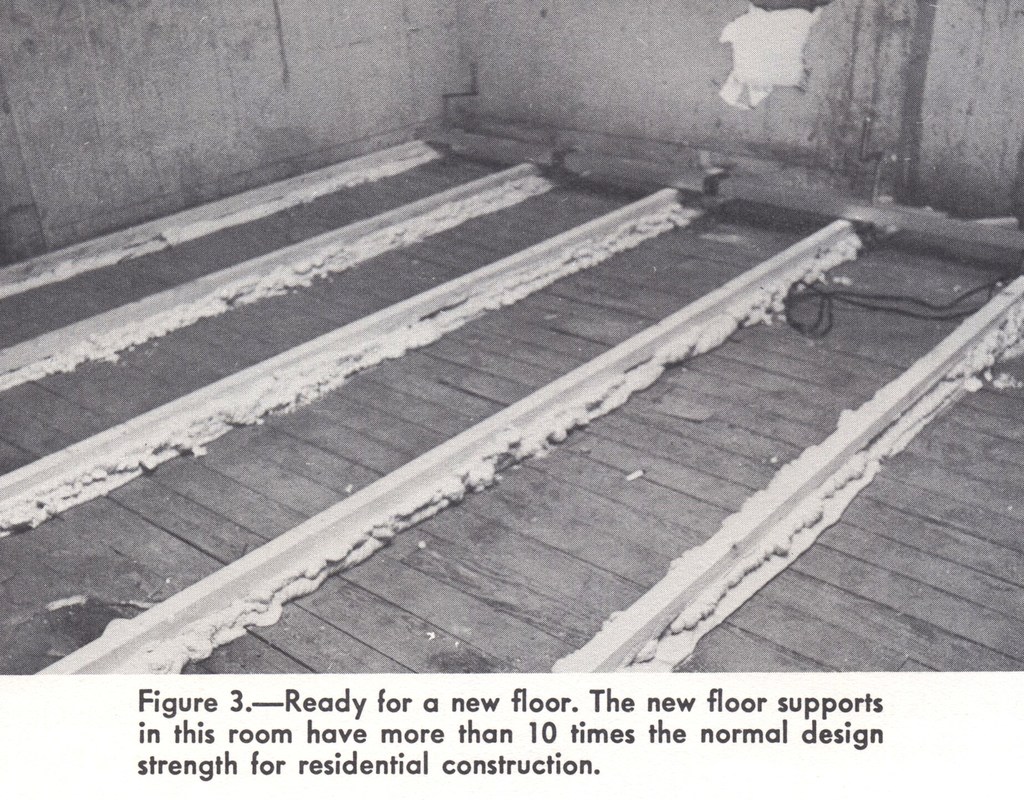In 1911, Congress passed the Weeks Act, authorizing the Forest Service to acquire land and impose natural resource management to protect watersheds and streams after two centuries of heavy timber cutting in the eastern United States. Among those areas designated for purchase under the Weeks Act was the future Monongahela National Forest in West Virginia. Covering over 900,000 acres, the Monongahela Forest occupies lands in Preston, Tucker, Grant, Randolph, Pendleton, Pocahontas, Webster, Nicholas, and Greenbrier Counties. Portions of the George Washington and the Jefferson National Forests also cover parts of eastern West Virginia along its border with Virginia. Along with its major role in conserving forests in West Virginia, the Forest Service has also conducted significant research at its laboratories located throughout the state. Early in his senatorial career, Senator Byrd recognized the benefits an expansion of the Forest Service’s presence in the state could have for West Virginia's declining timber industry. Senator Byrd sought federal appropriations to support increased research on the conservation of forest lands and new and more efficient ways of marketing hardwood products that could be responsibly harvested and produced in West Virginia. In 1962, the first facility of the Forest Products Marketing and Utilization Laboratory opened at Princeton in Mercer County, West Virginia. Situated at the southeastern corner of the state, the Princeton Laboratory was created with the mission of “developing new, improved, or expanded uses for Appalachian Hardwoods.” Additional facilities were added in the following year and dedicated on November 12, 1963 by Senator Byrd. In a letter to President Lyndon Johnson in late-1964, Senator Byrd urged the inclusion of funding for adding scientists and staff at the Princeton Laboratory.
The Princeton Laboratory also focused on the use of Appalachian hardwoods in furniture construction and its use in producing shipping pallets. On the conservation front, the laboratory also investigated the use of timber industry bi-products to support the Forest Service's efforts to restore East Coast woodlands. One such study included using tree bark as a stimulant to restart the growth of grasses on lands reclaimed from surface mining operations.
The Princeton Forest Service Laboratory continues to operate today, fifty-five years after its creation. The laboratory is currently part of the U.S. Forest Service's "Ecological and Economic Sustainability of the Appalachian Forest in an Era of Globalization" program, which also includes the Forest Service laboratory in Parsons, West Virginia, another project supported by Senator Byrd in the early-1960s. Comments are closed.
|
Welcome to the Byrd Center Blog! We share content here including research from our archival collections, articles from our director, and information on upcoming events.
Categories
All
Archives
July 2023
|
Our Mission: |
The Byrd Center advances representative democracy by promoting a better understanding of the United States Congress and the Constitution through programs and research that engage citizens.
|
Copyright © Robert C. Byrd Center for Congressional History and Education
|





 RSS Feed
RSS Feed
